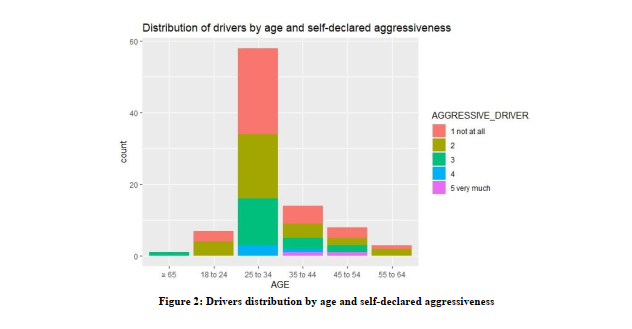
Speeding is one of the most critical factors affecting road safety levels and one of the leading cause of road crashes. Thousands of crashes with serious injuries and fatalities occur daily, and a considerable proportion occurs because of speeding. To that end, the aim of this study is to identify critical driving parameters affecting speeding using data obtained from smartphone sensors during naturalistic driving. The data used for the analysis were collected by recording naturalistic driving trips of 100 drivers over a period of 6 months via the OSeven smartphone application, as well as by asking drivers to fill in a questionnaire pertaining to their speeding behavior. Using risk exposure and driving behavior indicators calculated from smartphone sensor data, a statistical analysis was carried out for correlating the percentage of riding time over the speed limit with other driving behavior indicators, namely by means of Generalized Linear Models. In particular, an overall model was developed for all trips, and additional separate models were developed for driving on urban and rural roads. The parameters of trip duration, trip distance, the number of harsh accelerations and mobile phone use while driving have all been determined as statistically significant and positively correlated with the percentage of speeding. In the same context, the average acceleration and the low frequency of speeding as declared by participants on the questionnaire, are statistically significant and negatively correlated with speeding percentage.
| ID | pc458 |
| Presentation | |
| Full Text | |
| Tags |







